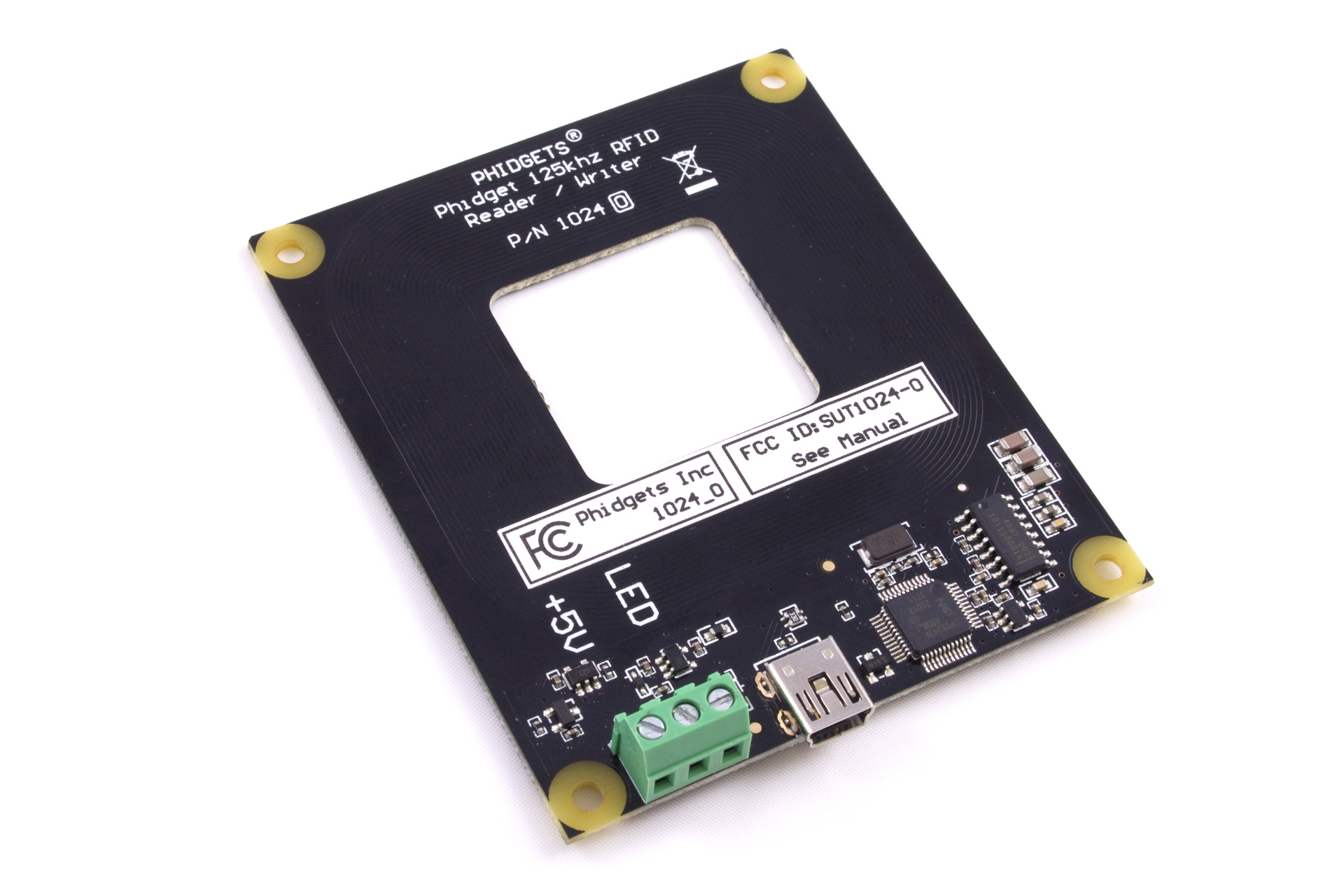Exploring the Many Methods of Object Detection
A look at different types of sensors for object detection, their strengths and weaknesses
by Everett

There are a lot of different types of sensors out there that can be used to detect the presence of an object or obstacle. Figuring out which one is right for your application can be a bit difficult, and is highly dependent on the requirements of the application. Sensors vary in their method of detection, and each has distinct strengths and weaknesses:
IR sensors (infrared)
PROS
- Tend to be inexpensive
- Narrow and focused area of detection
- Can measure the distance to an object
- Two types
- Reflective sensors for short distances
- Sharp sensors for larger distances
CONS:
- Reflective sensors have very limited range.
- 1 - 4mm for distance
- < 10mm for object detection
- Sharp IR has a high minimum distance due to the method of detection (triangulation)
- Both rely on infrared light, and don't function well in direct sunlight.
- Colour of the object detected will influence the distance measurement.
RFID sensors (radio-frequency identification)
PROS:
- Can differentiate between objects
- Large effective range if actively powered tags are used
- Passive tags can be very small, easy to attach to objects
CONS:
- Crude or non-existent distance sensing capabilities
- Little in the way of directionality when sensing an object
- Can only sense objects if they've been manually tagged
Ultrasonic sensors
PROS:
- Capable of measuring the distance to the object (up to 6.5m)
- Aren't compromised by direct sunlight
CONS:
- Readings can be compromised by shape, density, and texture of object. For example, foam often causes inaccurate readings.
- Can't identify an object
- Clicks can be heard when a pulse is transmitted
- Not easily weatherproofed, may not work outdoors.
Capacitive sensors
PROS:
- Can detect any material (with varying sensitivity)
- Can detect objects through other substances like glass or plastic
- No need for direct contact
CONS:
- Binary “on/off” detection
- Does not measure distance to an object
- Water around the sensor can interfere with the readings since water has high dielectric constant
- Limited range (~1cm)
Inductive sensors
PROS:
- Can detect metallic objects through other non-metallic substances
- Can detect any metal
- No need for direct contact
CONS:
- Only detects metal objects
- Binary “on/off” detection
- Doesn't measure distance
- Limited range (~1cm)
Visual sensors (OpenCV)
PROS:
- Potential to identify objects and differentiate them by colour, shape, texture.
- Object differentiation doesn't require tagging like for RFID
CONS:
- Computationally demanding
- Cannot find distance without prior knowledge of the object (i.e. size) or a specialized stereo camera set up
Photoelectric Tripwire Sensor
PROS:
- Laser and Photodetector tripwire (like in Mission Impossible)
- Works for any object capable of preventing the laser beam from reaching the detector
- Very large range of detection (up to 10m)
CONS:
- Detection is binary
- Offers no distance sensing capabilities
- Can't identify objects
- Designed for use in a fixed location (e.g. Tripwire alarm system)
Contact switches
PROS:
- Very basic and reliable
- Works for any object physically capable of depressing the switch arm
- Magnetic contact switches also available
CONS:
- Has a very limited range of detection that requires the detected object to press right up against the switch
- Offers no distance sensing capabilities
- Can't identify objects
PIR Motion Sensor (passive infrared)
Last of all, we have an honorable mention. We decided to include it since it may be the best solution in certain applications, but be aware; it doesn't really detect the presence of an object.
PROS:
- Detects the motion of objects warmer than the surroundings (e.g. people)
- If you're interested in warm moving objects, a motion sensor may be superior to proximity and distance sensors
- Good detection range (up to 5m)
CONS:
- Doesn't really detect the presence of an object, but rather the motion
- Offers no distance sensing capabilities
- Does not detect stationary objects
Conclusion
This is by no means a comprehensive table of the pros and cons of each sensor, but we've done our best to highlight the main differences, and we hope it helps you navigate the options for your next project. A lot of these sensors have established and common applications, like the PIR motion sensors and Laser tripwire sensors being used in alarm systems. Ultrasonic sensors often find use in obstacle avoidance systems on small autonomous robots, and RFID has numerous applications from user identification to retail and stock management. These applications are a great start, but don't be afraid to apply these sensors creatively, and in uncommon ways. You might just create the next big technological innovation!
